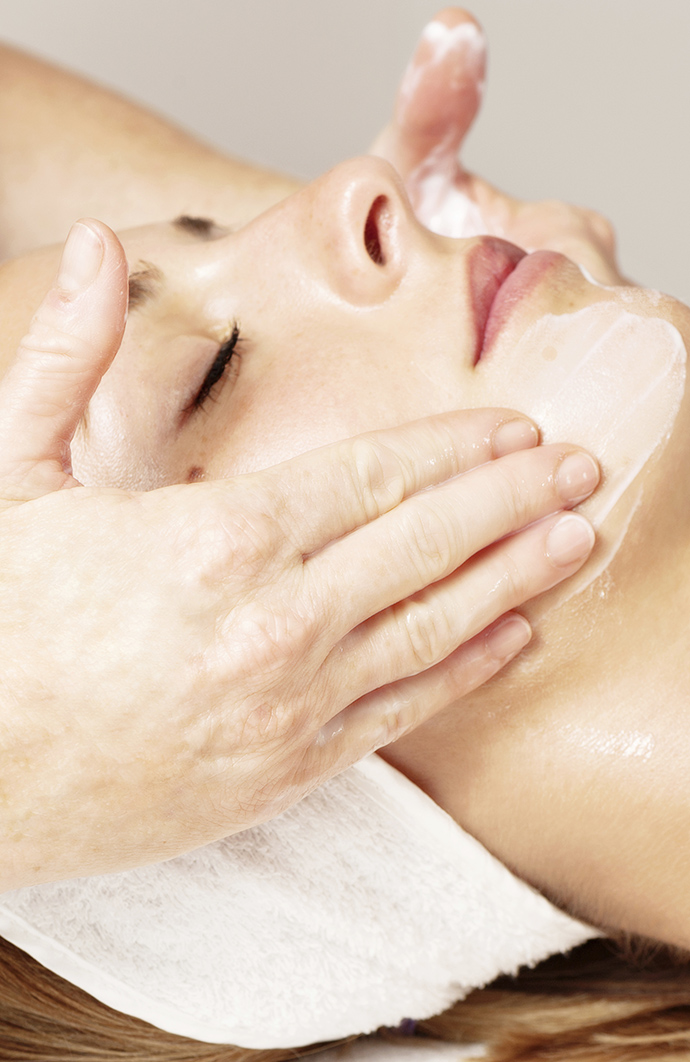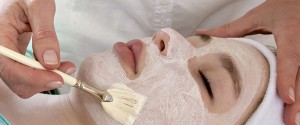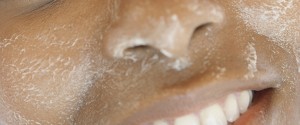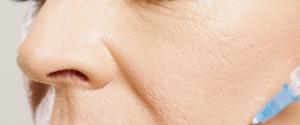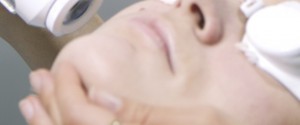Botox
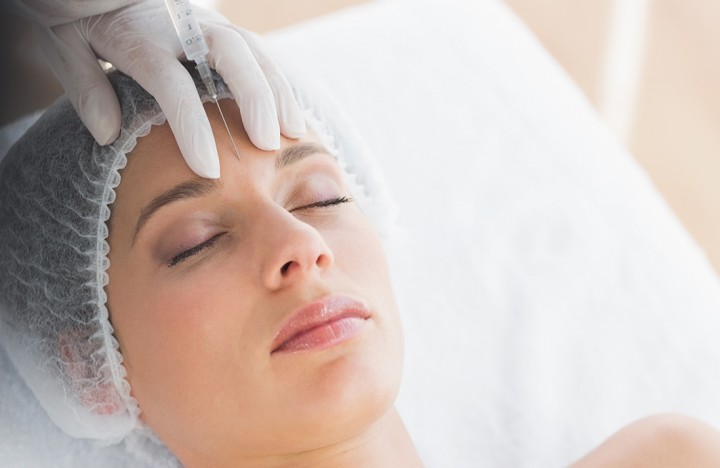
Botox is a medicine that is injected into muscles for the purpose of improving the look of frown lines between the eyebrows and crow’s feet next to the eyes. Essentially, Botox paralyzes the facial muscles to prevent the development of wrinkles. Results are usually manifest within a few days, although sometimes can take up to two weeks. Botox comes from the bacterial toxin botulin. Botox can also be used to treat overactive bladder and urine leakage caused by nerve disorders such as multiple sclerosis or spinal cord injury. There are three types of Botox: Great Botox, Good Botox, and Ugly Botox. Great Botox requires the eye of an artist and steady hands. Good Botox involves approximately four shots into your frown lines—while this is a limited approach, it does works fine for most people. Ugly Botox is the unnatural frozen look that many people associate with Botox injections, and unfortunately happens more often than not.
Who is it good for?
Botox is typically used by middle-aged people attempting to remove wrinkles or prevent them from occurring. Proper Botox treatment is customized specifically for each patient’s face.
It is important to consider personal desires and preferences, facial balance, and the facial muscles you use the most before deciding to inject Botox into your face. It is most frequently used for lines on the neck, nasal scrunch or squint lines, horizontal forehead lines, lines around the eyes, frown lines, and gummy smiles. There are several side effects of Botox, including flu-like symptoms and a temporary headache. There is also the risk of cosmetic side effects. A frozen forehead, for example, can make you look like a robot because you are unable to move your face. It can also cause eyelid dropping, although this is fairly rare. Lastly, one or both of your eyebrows may “pop up” too much. This can be fixed or prevented by strategically placing a few drops.
Compare
Most people may not know that there are actually four different types of Botox available in the United States. All have been approved by the United States Food and Drug Administration (FDA). They include: Botox by Allergan, Myobloc by Solstice Neurosciences, Dysport by Ipsen, Ltd, and Xeomin by Merz. Botox by Allergan is the most famous one and is so popular among the public that the product name is often used interchangeably to refer to any botulinum toxin product. Each product attaches to different parts of the nerve, has a different molecular structure, and is isolated from different strains of bacteria. Dysport, in particular, has become more and more popular in recent years as a competitor for Botox by Allergan. They both use similar mechanisms of action, but Dysport has less of a protein load than Botox, which makes the effect of Dysport last longer than that of Botox. No significant red flags have been raised about the safety of Dysport at this point, although more tests and studies need to be done in order to assess the effectiveness of this product.

